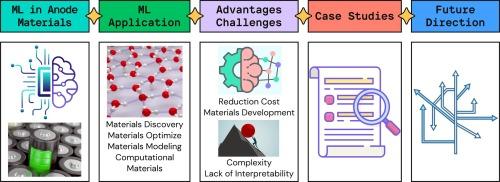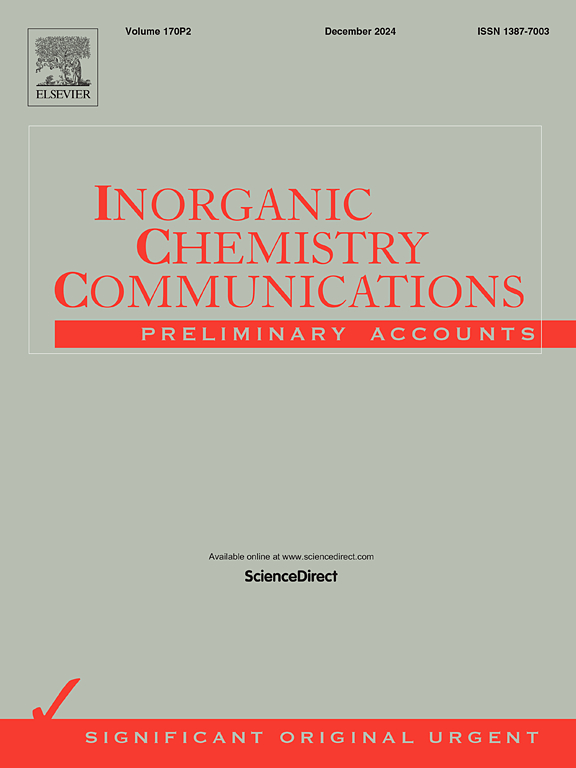机器学习在锂离子电池负极材料发展中的应用 - 综述
IF 4.4
3区 化学
Q1 CHEMISTRY, INORGANIC & NUCLEAR
引用次数: 0
摘要
锂离子电池已成为储能行业不可或缺的一部分,推动着电动汽车、可再生能源系统和便携式电子产品等创新。提高锂离子电池性能的关键在于开发负极材料,这直接影响到电池的能量密度、生命周期和安全性。近年来,机器学习已成为预测、设计和优化负极材料的有力工具。本综述探讨了如何将 ML 技术整合到负极材料的开发中,包括预测电化学性能、优化合成工艺和发现新型材料的数据驱动方法。在提高材料性能(如容量、电导率和稳定性)的背景下,讨论了关键的 ML 方法,如监督学习、无监督学习和强化学习。论文还强调了当前面临的挑战,包括需要更大的数据集、提高 ML 模型的可解释性以及将 ML 与实验方法相结合。从这篇综述中获得的见解为今后利用 ML 开发下一代锂电池负极材料的研究提供了路线图。本文章由计算机程序翻译,如有差异,请以英文原文为准。

Machine learning in advancing anode materials for Lithium-Ion batteries – A review
Lithium-ion batteries have become integral to the energy storage industry, driving innovations like electric vehicles, renewable energy systems, and portable electronics. A critical aspect of enhancing LIB performance lies in developing anode materials, which directly influence the batteries’ energy density, life cycle, and safety. In recent years, Machine Learning has emerged as a powerful tool in predicting, designing, and optimizing anode materials. This review explores the integration of ML techniques in advancing anode materials, including data-driven approaches to predicting electrochemical performance, optimizing synthesis processes, and discovering novel materials. Key ML methods such as supervised learning, unsupervised learning, and reinforcement learning are discussed in the context of improving material properties like capacity, conductivity, and stability. The paper also highlights current challenges, including the need for larger datasets, improved interpretability of ML models, and integrationof ML with experimental methods. The insights gained from this review provide a roadmap for future research on leveraging ML in developing next-generation anode materials for LIBs.
求助全文
通过发布文献求助,成功后即可免费获取论文全文。
去求助
来源期刊

Inorganic Chemistry Communications
化学-无机化学与核化学
CiteScore
5.50
自引率
7.90%
发文量
1013
审稿时长
53 days
期刊介绍:
Launched in January 1998, Inorganic Chemistry Communications is an international journal dedicated to the rapid publication of short communications in the major areas of inorganic, organometallic and supramolecular chemistry. Topics include synthetic and reaction chemistry, kinetics and mechanisms of reactions, bioinorganic chemistry, photochemistry and the use of metal and organometallic compounds in stoichiometric and catalytic synthesis or organic compounds.
 求助内容:
求助内容: 应助结果提醒方式:
应助结果提醒方式:


